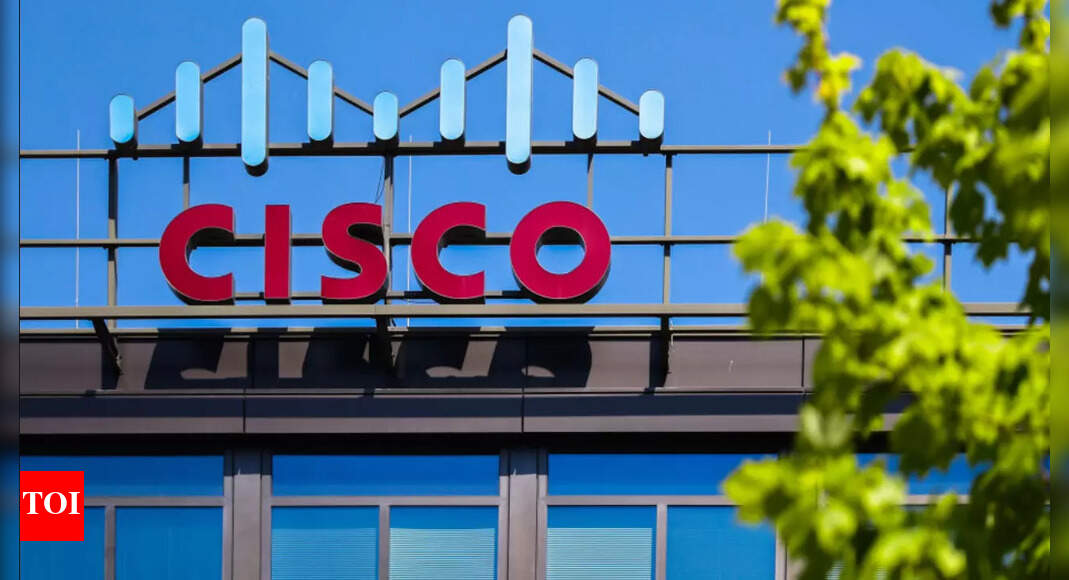The Indian equity market initiated the month of July on a selling note, driven by persistent global trade tensions and a subdued start to the Q1FY26 earnings season. Investor sentiment was further weighed down by delays in the India–US trade pact and the US extension of tariff deadlines. News like the imposition of a 35% levy on Canadian, 50% on copper, 25% on Japan, and sending a tariff threat letter to 20 countries intensified the concerns.
Despite the broader indices slipping into negative territory, selective buying emerged in consumption-oriented sectors such as FMCG and discretionary stocks. This was supported by signs of urban & rural demand revival, easing inflation, declining interest rates, and a favourable monsoon—all of which contributed to margin improvement and a positive undertone on volume growth.
Key underperformers were in the IT sector, weighed down by weak results from key bellwethers and expectations of deferred orders and investments. This raised concerns over FY26 earnings estimates and added to valuation pressures. Investors are now closely watching corporate guidance on margins and sector dynamics as the earnings season unfolds.
However, after the initial setback, the prices of IT stocks are stabilising with a reduction in volatility due to deep value trading near 5years -1SD (standard deviation) forward P/E valuation and hope of a rebound in business in CY26 as the Nasdaq100 index has breached to an all-time high.
Banking stocks have a muted trend, which is expected to continue in the short term, facing headwinds from NIM contraction and sluggish growth in advances, which could impact its profit performance in the short-term. Also, the valuation appears somewhat stretched at current levels, suggesting that the upside may be limited in the near future. However, with regulatory support such as liquidity infusions and other revival measures, the banking sector is expected to recover over the medium to long term. We continue to maintain a positive outlook on the industry, and back stocks with a moderate credit-to-deposit ratio and improvement in asset quality, which provide a cushion against short-term volatility.
Markets attempted a partial rebound this week, driven by optimism over a potential interim trade deal with the U.S. and multi-year low domestic inflation, which boosted hopes of RBI rate cuts and economic acceleration. However, the continuation of subdued quarterly results, the clamp in the global market, and the premium valuations of India led to further losses in the market. Investors are adopting a selective approach, focusing on earnings visibility and sector resilience. Mid & Small cap were able to perform marginally better.
The key intake of the month is that India’s macroeconomic outlook remains strong, supported by easing inflation, lower interest rates, a healthy monsoon, and softer oil prices. A drop in inflation in eight straight months has provided an optimism to the market. However, investors are showing a mix of optimism and caution to assess the Q1FY26 corporate earnings, as an upgrade in earnings is the most essential fact in the premium-valued stock market.
The author, Vinod Nair, is Head of Research at Geojit Financial Services.
Disclaimer: The views and recommendations made above are those of individual analysts or broking companies, and not of Mint. We advise investors to check with certified experts before making investment decisions.





